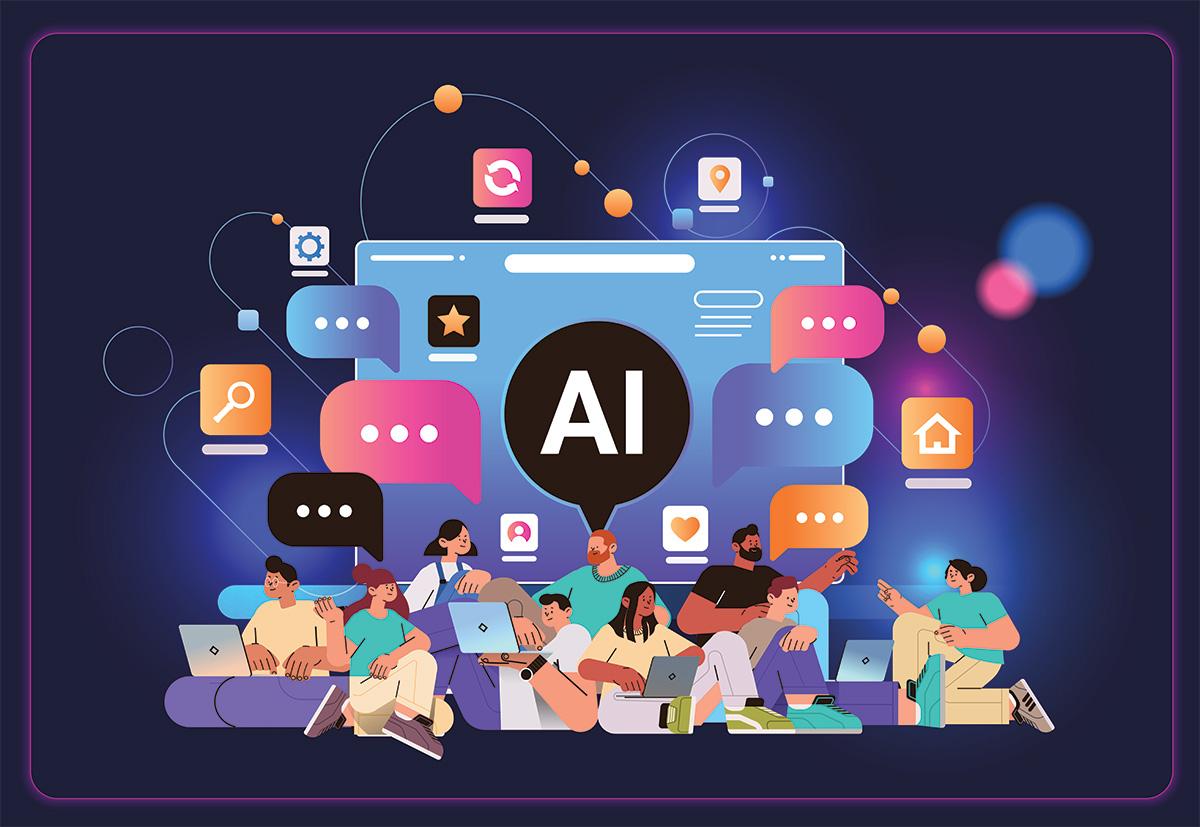Ethical Considerations in AI-Driven Learning: Safeguarding Student Rights and Data Privacy
AI-driven learning is revolutionizing education, providing personalized learning experiences, smart tutoring systems, and data-driven insights too educators and learners. However, with the adoption of artificial intelligence in education comes a complex array of ethical considerations, particularly regarding student rights, data privacy, and digital safety. In this complete guide, we’ll delve into the must-know aspects of ethical AI deployment in learning environments, and share actionable strategies to ensure that technology empowers every student—safely and responsibly.
Introduction: The Rise of AI in Education
The rapid integration of AI-powered technologies in classrooms and online platforms is transforming the educational landscape. From adaptive learning tools to automated assessment,AI is optimizing instructional strategies and resource allocation like never before. But as AI takes center stage, concerns about student data privacy, informed consent, and equitable access have never been more relevant.
- Students are often minors, requiring special protection.
- Educational data is sensitive and can impact future opportunities.
- AI algorithms may unintentionally reinforce bias and discrimination.
- Digital tools must comply with regional and global privacy regulations (e.g., GDPR, COPPA, FERPA).
Understanding Ethical Considerations in AI-Driven Learning
Implementing AI in education presents both opportunities and risks. Ensuring ethical AI use involves recognizing and mitigating potential harms while maximizing benefits for learners.Here are the core areas every educator, technologist, and policymaker should understand:
1. Safeguarding student Data Privacy
- Openness: Educational institutions must clearly communicate what student data is collected, why it is collected, and how it will be used or shared.
- Informed Consent: Obtaining explicit permission from students (and their guardians, where applicable) before collecting or processing personal data is vital.
- Minimal Data Collection: Limit data collection to what is strictly necessary for educational purposes, reducing risk of misuse or exposure.
- Secure storage: Use encryption and robust security measures to protect student records from breaches and unauthorized access.
2. Protecting Student Rights
- Right to Access and Control: Students should be able to view, correct, or request deletion of their personal information.
- Non-Discrimination: AI-driven educational tools must avoid unfair bias. Regular auditing for discriminatory outputs is required.
- autonomy & Consent: Students should have agency over their learning experience; automated decisions must be explainable and contestable.
- Freedom from Surveillance: Avoid invasive monitoring practices. Always justify and disclose the scope of digital surveillance.
3. Algorithmic fairness and Accountability
- Bias Mitigation: Routinely check algorithms for biases against race, gender, socio-economic background, or disability.
- Human Oversight: Educators and administrators must monitor AI recommendations and intervene when necessary.
- Transparent Algorithms: Favor tools with interpretable models,documentation,and clear decision logic.
Benefits of Ethical AI-Driven Learning
When implemented responsibly, ethical AI-powered learning solutions can offer tremendous value to students, teachers, and institutions. Some of the top benefits include:
- Personalized education: Adaptive AI systems tailor content to individual learning styles, improving outcomes and engagement.
- Greater Accessibility: AI can offer additional support to learners with disabilities via assistive technologies.
- Data-Driven Insights: Real-time analytics empower educators to identify struggling students and adjust instruction accordingly.
- Efficiency: Automation streamlines administrative tasks, freeing up time for teaching and mentoring.
- Inclusivity: Well-designed ethical AI tools can help bridge equity gaps by providing additional resources to underserved communities.
Case Studies Highlighting Ethical AI in Education
Case Study 1: Adaptive Learning Platforms and Data Privacy
At a leading university, the deployment of an adaptive learning platform raised concerns after students noticed their learning patterns where being tracked in detail. the university responded by revising its privacy policy, making data-handling practices transparent, and ensuring opt-in consent for all tracking features. Student engagement improved when learners felt their rights and data were respected.
Case Study 2: Minimizing algorithmic Bias in Test Scoring
A public school district piloted an AI-based automated grading tool. Early audits discovered the tool disproportionately flagged essays from non-native English speakers. The district collaborated with developers and external experts to recalibrate the algorithm, significantly reducing bias and ensuring fairer assessments for all.
Practical Tips: How to Safeguard Student Rights and Privacy in AI-driven learning
- Choose Responsible vendors: Work with AI solution providers who publish clear, compliant privacy policies and allow for independent audits.
- Prioritize Data Security: Regularly update security protocols and train staff and students on safe data practices.
- Educate the Community: Raise awareness among educators, students, and parents about data rights and ethical AI use.
- Establish Oversight Committees: Implement governance bodies to review AI deployments and address ethical concerns.
- Conduct Regular Impact Assessments: Evaluate the effects of AI tools on student well-being,chance,and equity.
- Stay Informed on Regulations: Keep current on relevant laws like GDPR, COPPA, FERPA, and local standards for data protection in education.
- Empower Student Voice: Create feedback channels for students to report concerns or suggest improvements regarding AI use in their learning habitat.
First-Hand Perspective: an Educator’s View of AI Ethics
“As a technology integration specialist in a K-12 district, I’ve seen firsthand how AI can definitely help tailor instruction for diverse learners. yet, it’s critical to maintain transparency and parental involvement throughout the process. We always strive to respect student privacy—by restricting data access, training staff on digital citizenship, and only adopting AI tools vetted for compliance. It’s a balancing act, but when done right, students truly thrive.”
— Maria Lopez, EdTech Leader
Conclusion: Shaping the Future of Ethical AI in Learning
The advancement of AI-driven learning brings unmatched potential for educational enrichment and innovation.Still, safeguarding student rights and data privacy must remain at the forefront. By embracing robust ethical frameworks, transparent dialog, and vigilant oversight, educators and technologists can unlock the benefits of AI—while ensuring students’ trust and safety are never compromised.
As technology continues to redefine how we teach and learn,ethical responsibility is no longer optional—it is essential. Prioritize student rights, protect their data, and champion responsible AI use for a future where every learner feels secure, respected, and empowered.

